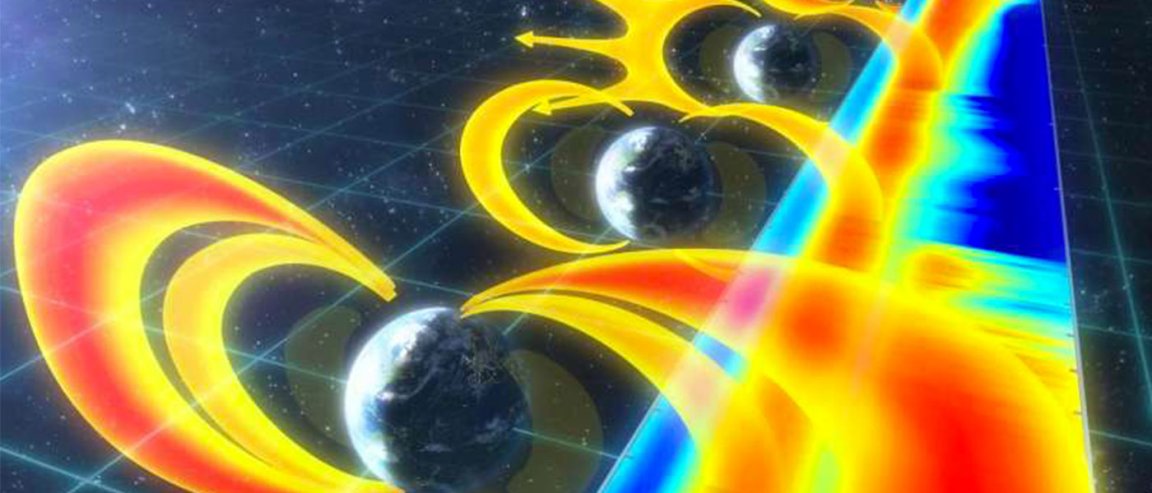
Mystery Belt
Back in 2013, NASA sent two Van Allen Probes into the Van Allen radiation belts in order to gather more information on the phenomena and on the Earth’s magnetosphere. It was then believed that only two of these belts exist. However, the probes revealed a third belt in the magnetosphere and scientists have been scrambling to find out its origins. Now they know where it comes from.
A new discovery by researchers from University of Alberta shows for the first time how the puzzling third Van Allen radiation belt is created by a “space tsunami.”
Announced in Nature Physics, it was revealed that a “space tsunami,” intense waves of ultra-low frequency (ULF) plasma waves transport the outer part of the belt radiation harmlessly into interplanetary space and created the third belt.
“Remarkably, we observed huge plasma waves,” says Ian Mann, lead author of the study. “Rather like a space tsunami, they slosh the radiation belts around and very rapidly wash away the outer part of the belt, explaining the structure of the enigmatic third radiation belt.”

Saving Satellites
Such findings could be key to finding a way of protecting satellites and other space infrastructure from the harmful effects of the radiation belts. Mann states that gaining more insight into how the radiation is energized and lost is a big challenge for space research.
Study of the Van Allen belts is particularly important since the radiation within them can interact with materials such as satellite components. as well as solar cells and sensors on spacecraft. The highly charged particles can play havoc with such delicate mechanisms which are crucial to modern telecommunications.
This “washing-away process” of the ULF waves makes the region a safer environment for spacecraft by ridding it of much of the radiation. The cost of damaged space and Earth infrastructure from severe space weather could be as high as 2 trillion USD.